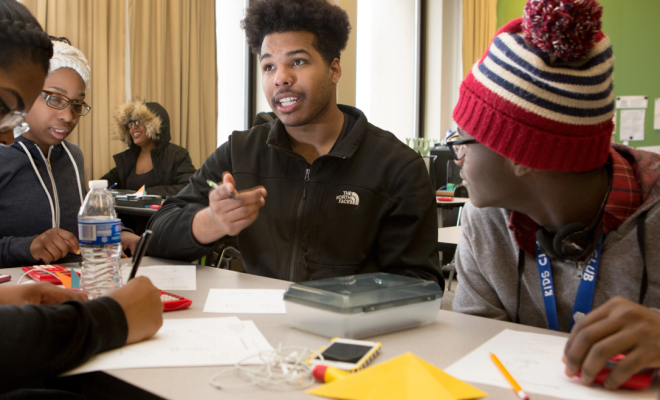Activities to Teach Students to Identify Time-Order Words

Time-order words are significant components of written and spoken communication, as they allow us to organize the sequence of events in a logical and coherent way. Therefore, it is essential to teach students the proper use of time-order words, which can help them enhance their reading comprehension and writing skills. Here are some activities to teach students to identify and use time-order words accurately.
1. Reading and Discussion:
One of the most effective methods to teach time-order words to students is through reading texts that contain them. Choose a story or passage with a clear timeline and discuss it with your students. Ask them to identify the time-order words and the sequence of events in the story. This activity will help students understand how time-order words work and how they help create a clear and coherent narrative.
2. Time-Order Word Sort:
Create a set of time-order word flashcards with phrases such as “before,” “after,” “first,” “next,” and “finally.” Ask your students to sort the flashcards into two groups: the words that indicate the order of events and those that do not. This activity will help students familiarize themselves with common time-order words and their functions in sentences.
3. Sequence Writing:
Provide your students with a set of pictures or visual prompts that depict a sequence of events. Ask them to write a story about the sequence using time-order words to show the order of events. This activity will help students practice their sequencing skills while using time-order words to create a coherent narrative.
4. Story Retelling:
Choose a popular fairy tale or a real-life event that students are familiar with and have them retell the story in their words. Ask them to use time-order words to help organize the events in the story. This activity will help students practice their summarization and sequencing skills while building their vocabulary of time-order words.
5. Interactive Games:
Incorporate interactive games or quizzes into your classroom activities to keep students engaged and interested in learning about time-order words. These games can be customized to the class’s learning level, and they make learning fun and interactive.
In conclusion, teaching time-order words to students is a crucial step in improving their writing skills and reading comprehension. The above activities are just some of the ways educators can help their students enhance their understanding of time-order words. By incorporating these activities into your teaching, you can facilitate an engaging and effective learning experience that will benefit your students in the long run.





